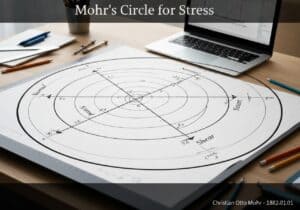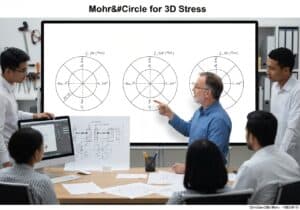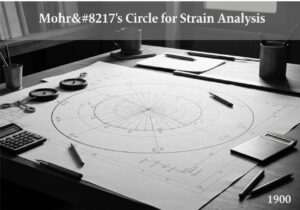Protein denaturation is the process in which a protein loses its native three-dimensional structure. This disruption of secondary, tertiary, and quaternary structures is caused by external stressors such as heat, extreme pH, organic solvents, or radiation. While the primary sequence of amino acids remains intact, the loss of shape results in the loss of the protein’s biological function.
Protein Denaturation
Denaturation disrupts the weak, non-covalent interactions that stabilize a protein’s native conformation. These include hydrogen bonds, hydrophobic interactions, and ionic bonds. For example, heat increases the kinetic energy of atoms, causing vibrations that break these weak bonds. Extreme pH alters the protonation state of acidic and basic amino acid side chains, disrupting salt bridges and hydrogen bonds. Organic solvents can disrupt the hydrophobic core that is crucial for the stability of many globular proteins. In some cases, denaturation is reversible; if the denaturing agent is removed and conditions are returned to physiological norms, some proteins can spontaneously refold into their native state, a process called renaturation, as demonstrated in Anfinsen’s experiments. However, for many proteins, especially large ones, denaturation is irreversible, often leading to aggregation where the unfolded hydrophobic regions stick together non-specifically. This aggregation is a hallmark of several neurodegenerative diseases, such as Alzheimer’s and Parkinson’s disease.
Understanding denaturation is critical in both biology and biotechnology. It explains why organisms must maintain a stable internal environment (homeostasis) and is a key consideration in the purification, storage, and handling of protein-based drugs and enzymes to maintain their activity.
Type
Disruption
Usage
Precursors
- observation of food cooking and coagulation (e.g., egg whites)
- early studies on protein solubility by hofmeister and others
- development of the concept of a specific 3d protein structure
- understanding of non-covalent interactions like hydrogen bonds and hydrophobic effects
Applications
- cooking food (e.g., frying an egg, where heat denatures albumin)
- sterilization of medical equipment using heat or chemicals to denature microbial proteins
- use of alcohol as a disinfectant, which denatures bacterial proteins
- permanent hair waving, which uses chemicals to break and reform disulfide bonds in keratin
- biochemical assays that use denaturing agents (e.g., sds-page) to analyze proteins by mass
Patents:
Potential Innovations Ideas
Professionals (100% free) Membership Required
You must be a Professionals (100% free) member to access this content.
AVAILABLE FOR NEW CHALLENGES
Mechanical Engineer, Project, Process Engineering or R&D Manager
Available for a new challenge on short notice.
Contact me on LinkedIn
Plastic metal electronics integration, Design-to-cost, GMP, Ergonomics, Medium to high-volume devices & consumables, Lean Manufacturing, Regulated industries, CE & FDA, CAD, Solidworks, Lean Sigma Black Belt, medical ISO 13485
We are looking for a new sponsor
Your company or institution is into technique, science or research ?
> send us a message <
Receive all new articles
Free, no spam, email not distributed nor resold
or you can get your full membership -for free- to access all restricted content >here<
Related Invention, Innovation & Technical Principles













